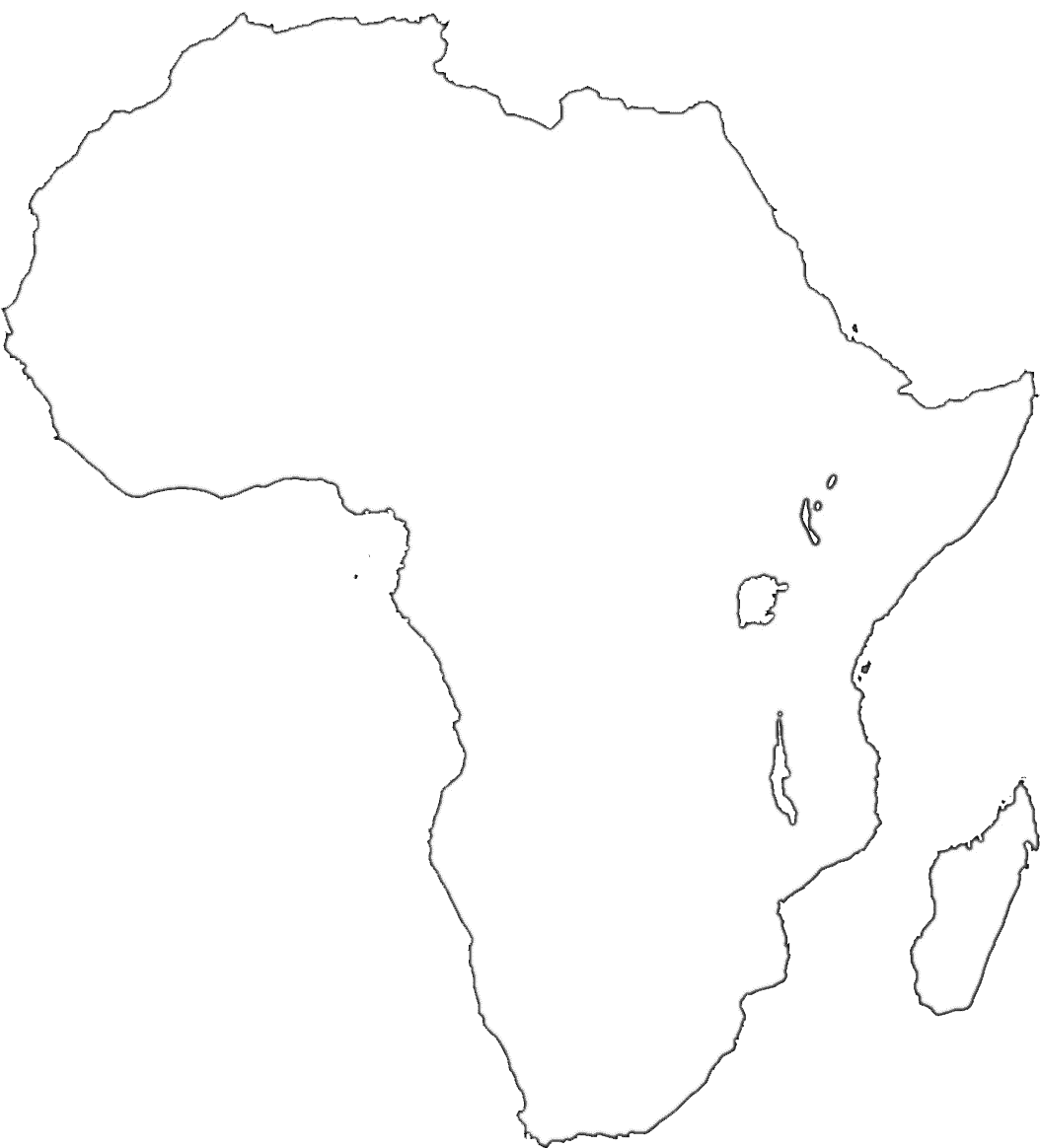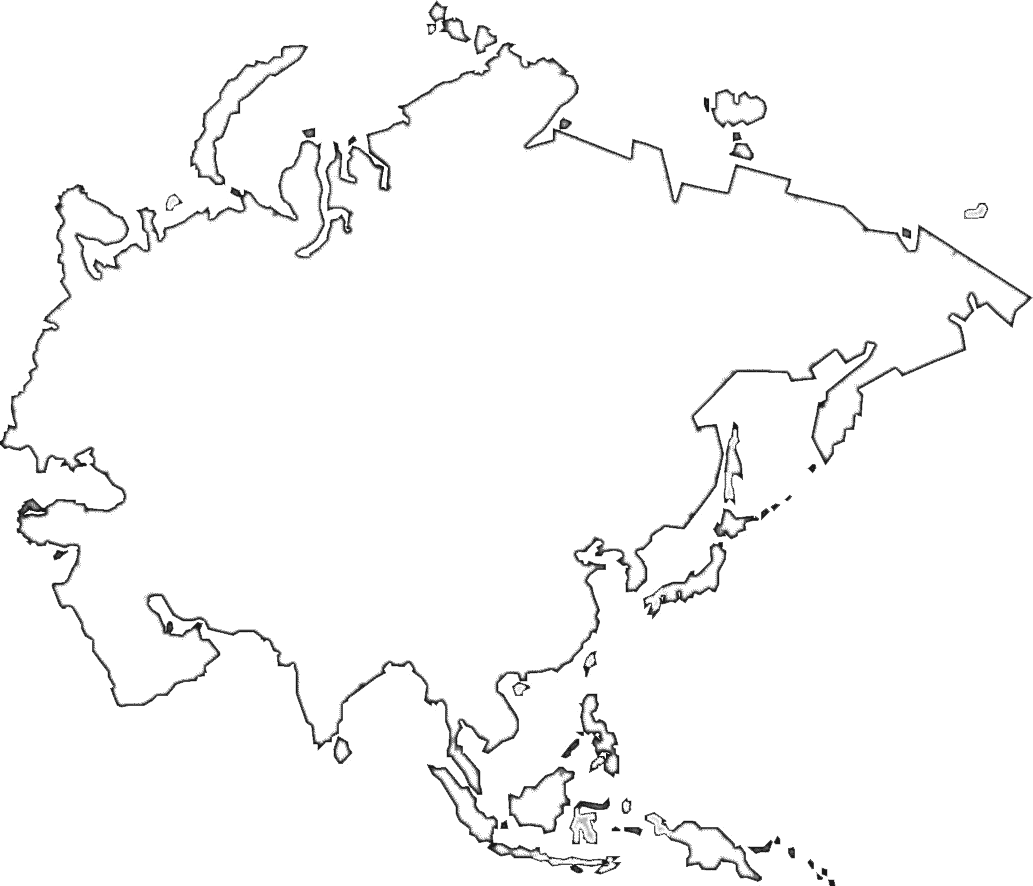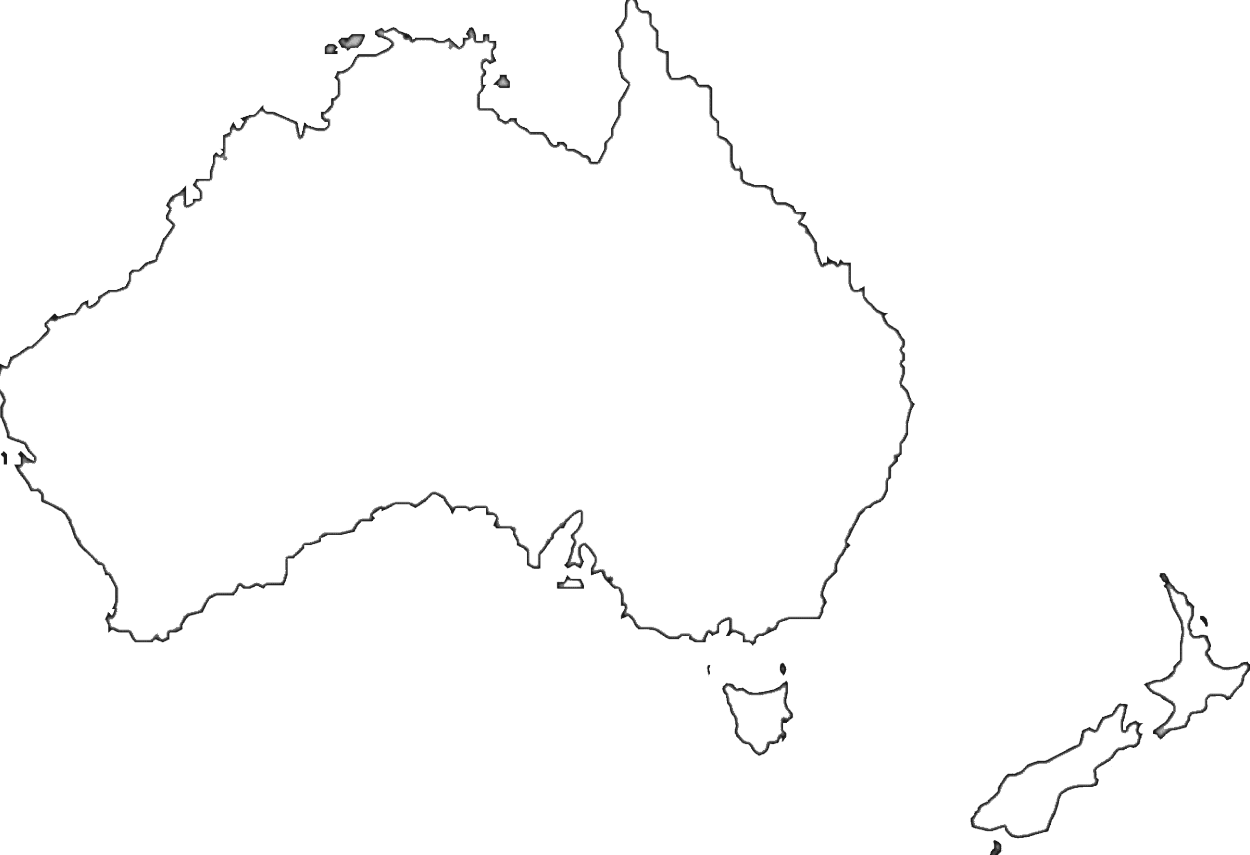
Canada

Canada |

Canada |

Canadá |

Canada |

カナダ |
A parliamentary democracy, a federation, and a constitutional monarchy
The country name is derived from the St. Lawrence Iroquoian word "kanata" meaning village or settlement
Bicameral Parliament or Parlement consists of the Senate or Senat (105 seats; members appointed by the governor general on the advice of the prime minister and can serve until age 75) and the House of Commons or Chambre des Communes (338 seats; members directly elected in single-seat constituencies by simple majority vote to serve a maximum of 4-year terms)
Two vertical bands of red (hoist and fly side, half width) with white square between them; an 11-pointed red maple leaf is centered in the white square; the maple leaf has long been a Canadian symbol

|
"O Canada" |
Maple leaf, beaver
National colors: red, white |
|
|
-
1 July 1867
(union of British North American colonies)
11 December 1931
(recognized by UK per Statute of Westminster)
-
Canada Day, 1 July (1867)
|
ADB (nonregional member), AfDB (nonregional member), APEC, Arctic Council, ARF, ASEAN (dialogue partner), Australia Group, BIS, C, CD, CDB, CE (observer), EAPC, EBRD, EITI (implementing country), FAO, FATF, G-7, G-8, G-10, G-20, IADB, IAEA, IBRD, ICAO, ICC (national committees), ICCt, ICRM, IDA, IEA, IFAD, IFC, IFRCS, IGAD (partners), IHO, ILO, IMF, IMO, IMSO, Interpol, IOC, IOM, IPU, ISO, ITSO, ITU, ITUC (NGOs), MIGA, MINUSTAH, MONUSCO, NAFTA, NATO, NEA, NSG, OAS, OECD, OIF, OPCW, OSCE, Pacific Alliance (observer), Paris Club, PCA, PIF (partner), UN, UNCTAD, UNESCO, UNFICYP, UNHCR, UNMISS, UNRWA, UNTSO, UPU, WCO, WFTU (NGOs), WHO, WIPO, WMO, WTO, ZC |
Ottawa
45 25 N, 75 42 W
UTC-5
Toronto 5.993 million
Montreal 3.981 million
Vancouver 2.485 million
Calgary 1.337 million
OTTAWA 1.326 million
Edmonton 1.272 million
|
|
10 provinces and 3 territories*
Alberta, British Columbia, Manitoba, New Brunswick, Newfoundland and Labrador, Northwest Territories*, Nova Scotia, Nunavut*, Ontario, Prince Edward Island, Quebec, Saskatchewan, Yukon* |
















































